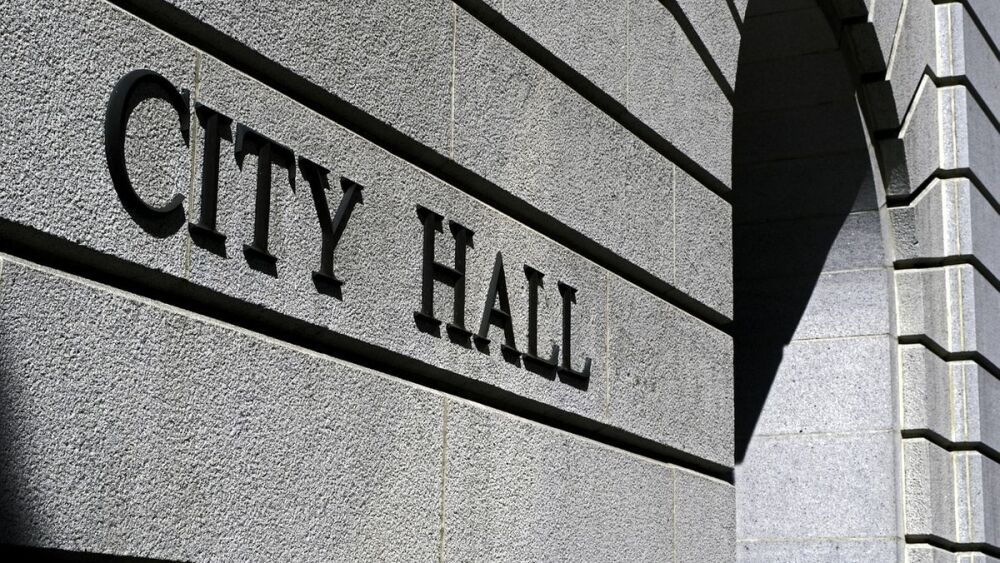The Editorial Board
New York Times
A Supreme Court ruling forcefully reminded state and local governments that the Fair Housing Act of 1968 forbids them from spending federal housing money in ways that perpetuate segregation. Communities across the country have been doing exactly that for decades.
Instead of building subsidized housing in racially integrated areas that offer minority citizens access to jobs and good schools, local governments have often deepened racial isolation by placing such housing in existing ghettos.
Justice Anthony Kennedy delivered this timely message in the majority opinion, ruling that the law allows plaintiffs to challenge housing policies that have a discriminatory effect — without having to prove that discrimination was intentional.
He traces the problem of racial isolation back to the mid-20th century, when restrictive covenants, redlining and government-sponsored mortgage discrimination undercut black wealth creation, accelerated ghetto-ization and walled off black families in the urban communities that exploded in the riots of the 1960s.
Read full coverage here.










